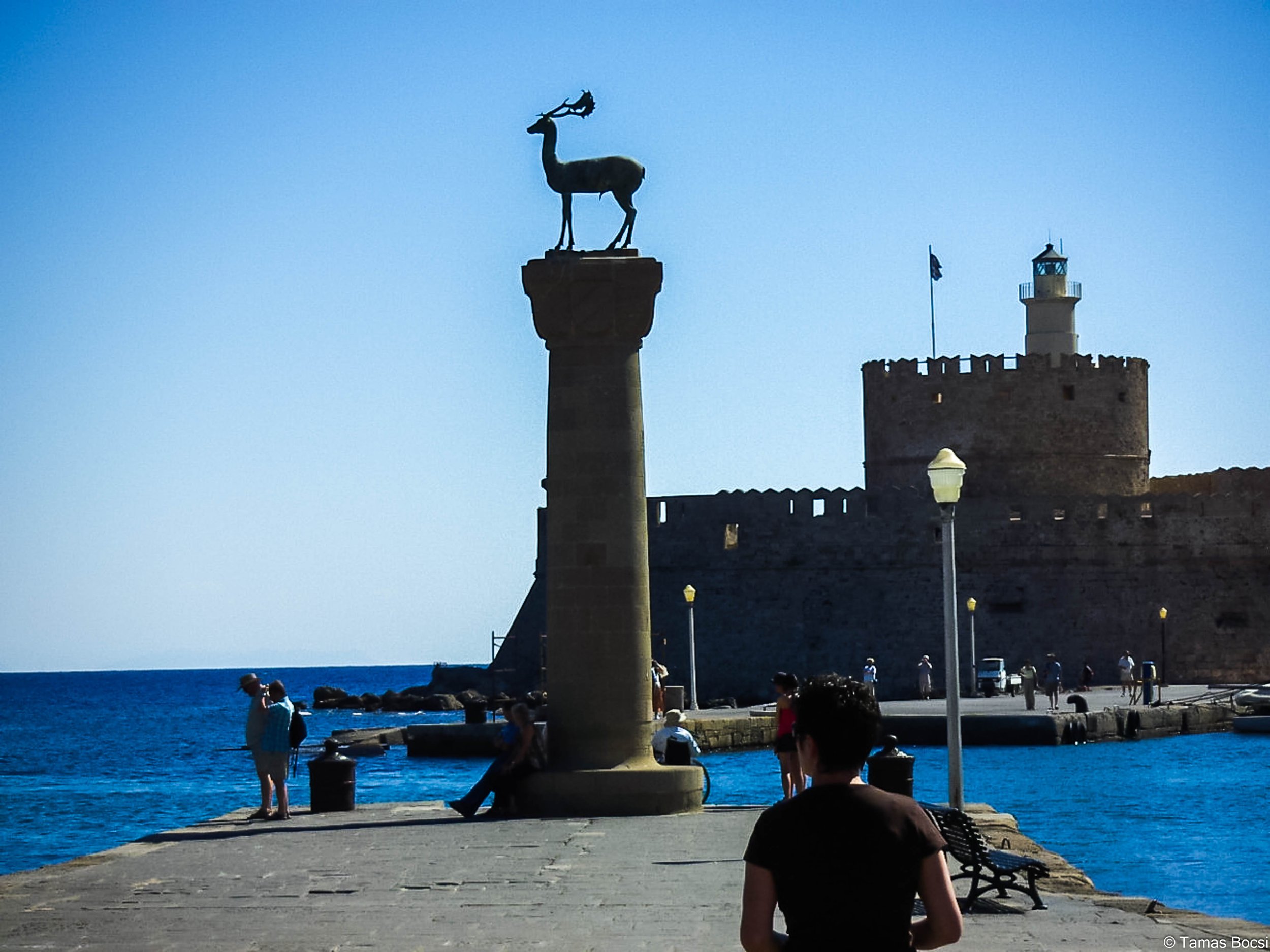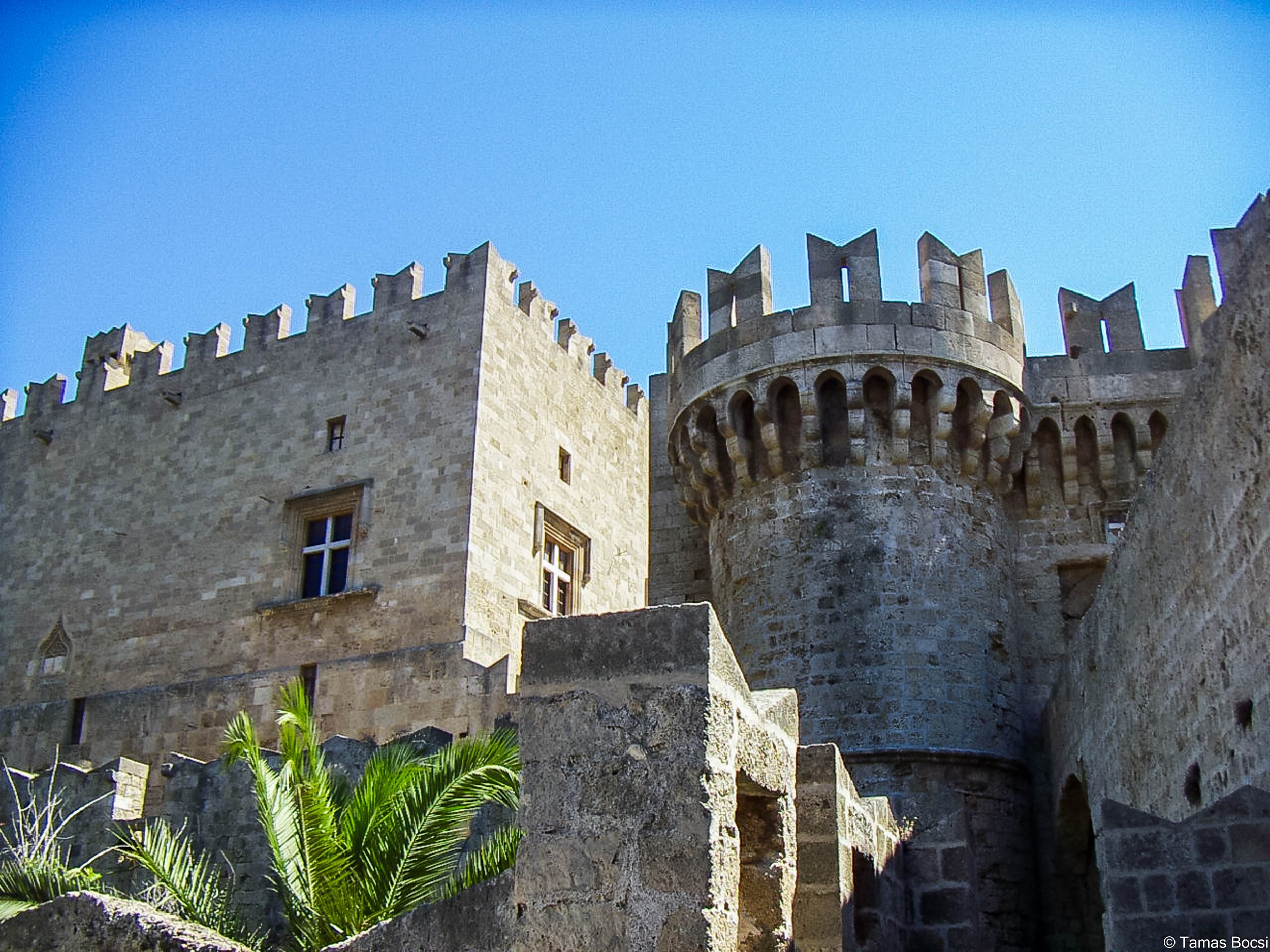Rhodes, Greece – A Timeless Island of History and Beauty
Rhodes, the largest of Greece’s Dodecanese islands, is a place where history and natural beauty converge. Known as the "Island of the Sun," it has been a crossroads of civilizations for millennia, leaving behind a rich tapestry of cultural and architectural treasures. From ancient wonders to medieval fortresses, Rhodes offers a journey through time like no other.
Rhodes is well-connected and easily accessible. Diagoras International Airport welcomes flights from across Europe and domestic routes from Athens and other Greek cities. Ferries from Piraeus, Crete, and nearby islands provide a scenic approach to the island. Once on Rhodes, buses, taxis, and car rentals make exploring its diverse landscapes and historic sites convenient.
Rhodes is a treasure trove of historical and natural wonders. Begin in the Medieval Old Town, a UNESCO World Heritage Site and one of the best-preserved medieval towns in Europe. Wander through its cobblestone streets, marvel at the Palace of the Grand Master, and explore the Street of the Knights, where the legacy of the Knights of Saint John comes alive. Visit the Acropolis of Lindos, perched high above the sea, offering breathtaking views and ancient ruins that date back to the 4th century BCE. Discover the Valley of the Butterflies, a serene natural reserve that comes alive with vibrant butterflies during the summer months. For a glimpse into Rhodes’ ancient maritime power, explore the Colossus of Rhodes, or rather its historical significance, as this ancient wonder no longer stands but remains a symbol of the island’s storied past.
Rhodes’ history is as captivating as its landscapes. In antiquity, the island was a major maritime power and home to the Colossus of Rhodes, one of the Seven Wonders of the Ancient World. This towering bronze statue, dedicated to the sun god Helios, stood at the harbour entrance until it was toppled by an earthquake in 226 BCE. During the medieval period, Rhodes became a stronghold of the Knights of Saint John, who fortified the city with impressive walls, castles, and the iconic Palace of the Grand Master. The island later fell under Ottoman rule, leaving behind mosques and baths that add to its architectural diversity. In the 20th century, Rhodes was occupied by Italy before being reunited with Greece in 1947. Each era has left its mark, creating a unique blend of cultures and influences that define Rhodes today.
Rhodes enjoys a Mediterranean climate, making it a year-round destination. Spring (April to June) and autumn (September to October) are particularly pleasant, with mild temperatures perfect for exploring its historical sites and beaches. Summers are vibrant, drawing visitors to its golden shores and lively towns, while winters offer a quieter charm, ideal for soaking in the island’s timeless beauty.






































































































































